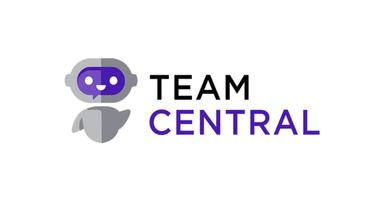The Limits of Longevity: Are We Approaching the Ceiling of Human Life Expectancy?

Recent research published in Nature Aging suggests that humanity may be nearing its upper limit for life expectancy. Despite significant advances in medical technology and genetic research, the overall increases in lifespan appear to be plateauing, particularly in countries known for their long-living populations.
Understanding Life Expectancy
Life expectancy is defined as the average number of years a newborn is expected to live, assuming current mortality rates remain constant. This metric is crucial for assessing public health but has limitations; it cannot predict sudden changes caused by pandemics or breakthroughs in medical science.
The study led by S. Jay Olshansky from the University of Illinois-Chicago analyzed life expectancy data from 1990 to 2019, focusing on eight nations with notably high longevity: Australia, France, Hong Kong, Italy, Japan, South Korea, Spain, and Switzerland. Notably absent from this elite group is the United States, which was included in the study due to its historical predictions of a dramatic rise in life expectancy this century.
Trends in Longevity
The findings indicate that while women generally outlive men and improvements in life expectancy continue, the rate of these improvements is diminishing. In 1990, life expectancy increased by approximately 2.5 years per decade; however, by the 2010s, this figure had dropped to just 1.5 years. In the U.S., improvements have stagnated almost entirely due to various societal issues such as drug overdoses, gun violence, obesity, and healthcare inequities.
Researchers also estimated that if all deaths before age 50 were eliminated across these nine regions, the maximum increase in life expectancy would still be a modest 1.5 years. This data raises concerns about the declining relative position of the U.S. compared to other nations.
The Concept of a Longevity Plateau
The study posits that there may be a biological limit to human lifespan that we are approaching. According to Olshansky, “We’re squeezing less and less life out of these life-extending technologies,” attributing this stagnation to the complexities of aging itself. While instances of individuals reaching 100 years old are becoming more common—like former President Jimmy Carter—only a small percentage of the population will likely achieve this milestone consistently.
In 2019, just over 2% of Americans reached age 100 compared to approximately 5% in Japan and nearly 9% in Hong Kong. Experts suggest that while the number of centenarians may increase due to population growth, the percentage of those reaching such an age will remain limited.
Implications for Society
The implications of these findings extend beyond mere statistics; they challenge existing assumptions about retirement age and financial planning for older adults. As life expectancy plateaus, it becomes essential to reconsider how society prepares for an aging population.
Mark Hayward from the University of Texas emphasized that while future breakthroughs could potentially enhance longevity, no such advancements are currently on the horizon. He described the study as a valuable contribution to understanding mortality trends and affirmed that we are indeed reaching a plateau in life expectancy.
As researchers continue to explore the limits of human lifespan, it is clear that society must adapt to these emerging realities. The notion that advancements will indefinitely extend life may need reevaluation as we confront biological constraints on longevity. Eileen Crimmins from USC echoed this sentiment, highlighting the worrying trend regarding the U.S.'s relative standing in global longevity metrics.
In summary, while humanity has made remarkable strides in extending life through technological and medical advancements, recent studies suggest we may be nearing a ceiling for how long we can live. As we grapple with these findings, it becomes increasingly important to reassess our expectations and preparations for aging populations worldwide.
Business News
How Fashionphile Founder Built a Luxury Resale Empire from eBay to Millions
How Executives Can De-Risk Payment Operations in Regulated Industries
Why Your Engine Air Filter Plays a Bigger Role Than You Think
Phoebe Gates-Backed Startup Secures US$30 Million Investment to Fuel AI Shopping Platform
Anthropic’s AI Bubble Warning: A Call for Caution in the Hype-Driven Race




















